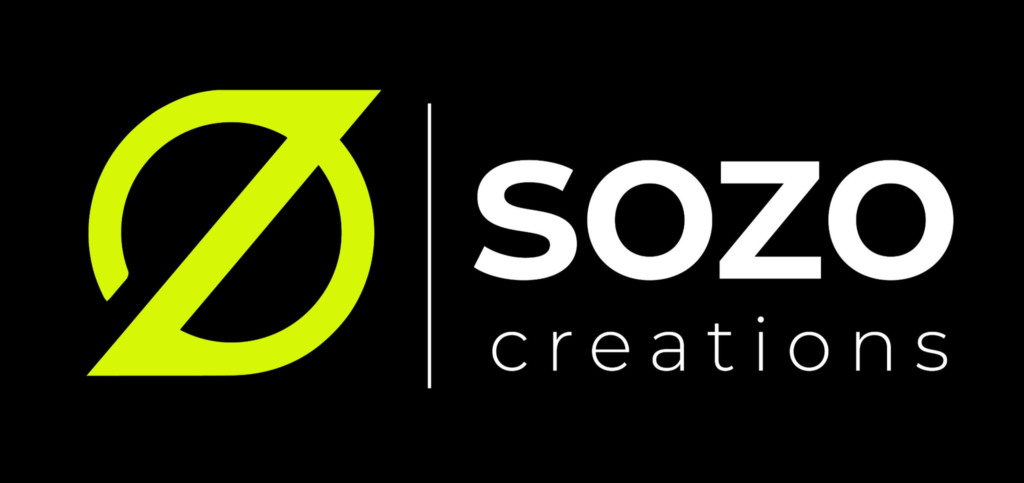Employer Sponsor Visa
The employer-sponsored visa allows Australian employers to sponsor specific skilled labour to serve their business needs. It also allows skilled labour of a foreign country to explore their employment options with Australian employers, in case they may need their skills.
Australia Provides Work Visas: Employer Nomination Program (subclass 186)
- visa for temporary employment (subclass 408)
- Visa for training (subclass 407)
- Visa under the Regional Sponsorship Scheme (Subclass 187)
- Visa for Temporary Employment in International Relations (subclass 403)
- Subclass 892: State/Territory Sponsored Business Owner Visa
- Subclass 893: State/Territory Sponsored Investor Visa
To submit a successful application, employers and employees must have a thorough awareness of the rules and regulations pertaining to employer visas. Time and money could be lost due to a poor visa outcome stemming from even the smallest inaccuracy in the application.
The terms and responsibilities associated with a granted visa must be understood by both businesses and employees. It will assist prevent any violations of the terms of the visa, in a sense.
You can apply for this visa at the same time your employer lodges their applications to sponsor and nominate the position.
What you can accomplish with an Employer-Sponsored Visa is:
- Work for a maximum of four years in Australia
- Bring your family to Australia so they can work or study.
- Visit and depart from Australia as frequently as you like
Since the goal of this visa is to help Australian firms who could be experiencing a skilled labor shortage in their day-to-day operations. As Australian businesses change, so do the regulations and procedures around visas.
Legislative instruments that represent such changes are closely monitored by Destination Education and Visa Service. It is important to stay informed about these changes when applying for an Employer-Sponsored Visa, particularly the ones that pertain to your position.
The following information is provided by legislative instruments that are available on the comlaw website:
- The list of occupations covered by Subclass 457/482 visa applications is available on the Consolidated Sponsored Occupation List.
- English language proficiency exams, results, and waivers: The exams and results required for subclass 457/482 applicants to prove their English language competency are included on this list. It also enumerates the professions and pay ranges in which demonstration of your English language competency is not required.
These tools also provide businesses with a basic list of needs, including market compensation rates and training benchmarks.
Planning To Study Abroad?
Our expert counselors are here to guide you to find the best educational experience and international exposure.
FAQs About Employer-Sponsored Visa
An employer-sponsored visa is a type of visa that allows skilled workers to live and work in Australia temporarily or permanently, depending on the visa subclass. These visas are sponsored by an Australian employer who demonstrates a genuine need for the skills of the applicant.
There are several types of employer-sponsored visas in Australia, including the Employer Nomination Scheme (Subclass 186), Temporary Skill Shortage Visa (Subclass 482), Skilled Employer Sponsored Visa – Subclass 494, Training Visa (Subclass 407), and Temporary Work Visa (Subclass 457).
Eligibility criteria vary depending on the visa subclass, but generally, applicants need to have relevant skills, qualifications, and work experience in their nominated occupation. They must also meet English language requirements and health and character criteria.
Employers must first be approved as sponsors by the Australian government. Once approved, they can nominate a skilled worker for a particular position. The worker can then apply for the relevant visa based on this nomination.
For some visa subclasses, a skills assessment might be required to prove that you have the necessary qualifications and skills for your nominated occupation.
Yes, family members (spouse and dependent children) can often be included in the visa application as secondary applicants. They will have the same rights and conditions as the primary visa holder.
Yes, some employer-sponsored visas provide a pathway to permanent residency, such as the ENS and RSMS visas. The TSS visa may also offer a pathway to permanent residency under certain circumstances.
No, Employer-Sponsored Visas require sponsorship from an approved Australian employer. You must have a job offer from an employer willing to sponsor you.
Yes, most Employer-Sponsored Visas require applicants to meet minimum English language proficiency requirements. The required level of English will depend on the visa subclass and your occupation. IELTS, PTE
For the Temporary Skill Shortage (TSS) Visa (subclass 482), there is no maximum age limit. However, for the Employer Nomination Scheme (ENS) Visa (subclass 186), you must be under 45 years of age at the time of application.
Processing times vary depending on the visa subclass and individual circumstances. You can check the Department of Home Affairs website for current processing times. https://immi.homeaffairs.gov.au/visas/getting-a-visa/visa-listing/skilled-employer-sponsored-regional-494
Yes, all visa applicants, including family members, are usually required to undergo a medical examination to meet the health requirements.


